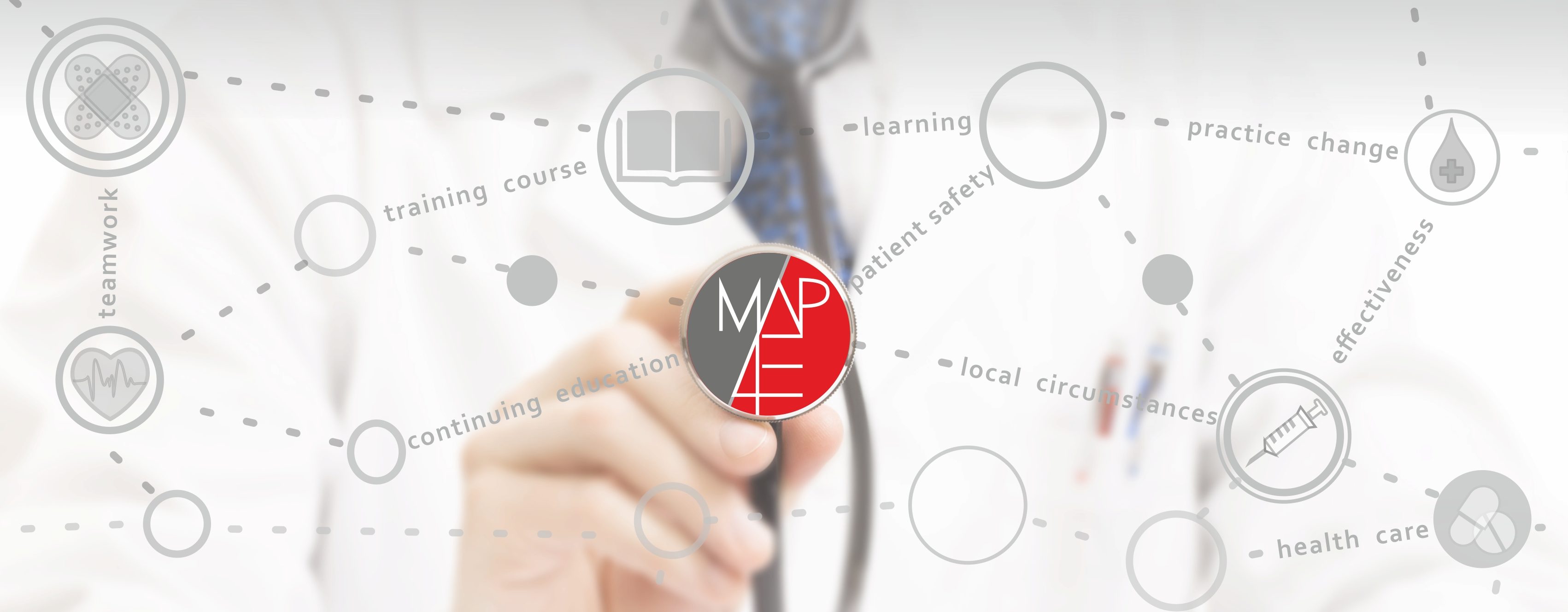Patient safety, which is the reduction of risk of unnecessary harm associated with healthcare to an acceptable minimum, has become the most emphasised issue in healthcare policymaking as every 10th patient admitted to a hospital is harmed while receiving hospital care. In 85-90% of the cases, the weakness of the process is responsible for the error instead of individuals. Around 15% of hospital expenditures are produced by the additional tests and interventions needed to treat the effects of an adverse event.
Education with respect to patient safety is the first step in changing the mindsets of professionals and contributing to the improvement of patient safety culture in an organisation. Patient safety education is recommended by the European Union (EU) (Recommendation on Patient Safety, 2009/C 151/01), the World Health Organization (WHO) also emphasises the importance of patient safety education, as it has developed curricula for graduate and postgraduate education as well. According to the reports on the patient safety education, there are only a few courses on the topic in the EU Member States, and they differ from each other in content and method.
In addition to deepening and/or broadening the knowledge of providers, what is also important is to influence the organisational culture as much as possible through these courses. In order to achieve this goal, it is necessary to define the best method in line with the content of the training course.
Therefore, the main goal of our project was to improve safety during care by developing and disseminating more effective educational courses for healthcare professionals which lead to real changes in daily, clinical practice by making it safer. Also, it was expected to create recommendations for best practices based on our project results and experiences.
